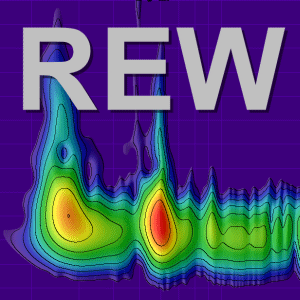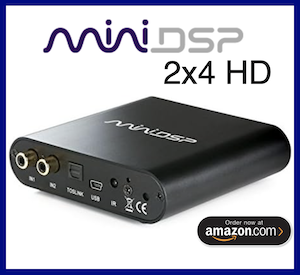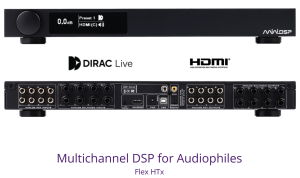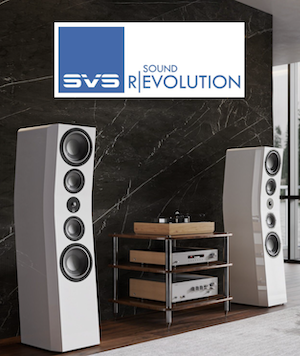Dave the Rave
Member
More
- Main Amp
- Yamaha AS2100
- DAC
- Schitt Yggdrasil
- Computer Audio
- Daphile (USB) or Oppo BD103 (Optical or COAX)
- Front Speakers
- Yamaha NS-2000
- Subwoofers
- JBL LS120
Hi Folks,
First off, this tool is really amazing as I immediately got a good sound change on my system. Attached are my measurements, room and right speaker filters as an example.
The measurements were on 70db reference. Speakers are approx 35cm from back, sub i front of right speaker.
Wanted to clarify the followings:
1. Obviously my right speaker is shy on the mid range (600-4k hz) compared to the right. What should I do to address that: Decrease the mid of my left speaker (My speaker has a mid and high volume level) / Bring the right speaker closer to the main hearing area / leave speakers as is and use REW EQ (which I did - see the EQ filters picture)?
2. Would you recommend sending the sub behind the right speaker - currently set at 80 hz with the volume at 2/3 max (sub is 25-150 hz)?
3. REW does not correct the 70-140 hz trough with the EQ. Should I Add a manual filter to boost that range or Re-calculate the EQ filters by setting the Overall Max Boost to 1 and Individual Max Boost to 9 or 12 or Reduce the Target Level to say 67 so that the House Curve touches those dips (but more than 75% need to be equalised?
Note: My amp plays really high (hot) so not worries if I need to crank up the volume during playback
4. Side question, is there a way to send the REW signal via a DLNA player i.e without a soundcard? I wanted to measure the response on my Daphile LMS player which is DLNA compliant.
Thanks you and looking forward to any advice



First off, this tool is really amazing as I immediately got a good sound change on my system. Attached are my measurements, room and right speaker filters as an example.
The measurements were on 70db reference. Speakers are approx 35cm from back, sub i front of right speaker.
Wanted to clarify the followings:
1. Obviously my right speaker is shy on the mid range (600-4k hz) compared to the right. What should I do to address that: Decrease the mid of my left speaker (My speaker has a mid and high volume level) / Bring the right speaker closer to the main hearing area / leave speakers as is and use REW EQ (which I did - see the EQ filters picture)?
2. Would you recommend sending the sub behind the right speaker - currently set at 80 hz with the volume at 2/3 max (sub is 25-150 hz)?
3. REW does not correct the 70-140 hz trough with the EQ. Should I Add a manual filter to boost that range or Re-calculate the EQ filters by setting the Overall Max Boost to 1 and Individual Max Boost to 9 or 12 or Reduce the Target Level to say 67 so that the House Curve touches those dips (but more than 75% need to be equalised?
Note: My amp plays really high (hot) so not worries if I need to crank up the volume during playback
4. Side question, is there a way to send the REW signal via a DLNA player i.e without a soundcard? I wanted to measure the response on my Daphile LMS player which is DLNA compliant.
Thanks you and looking forward to any advice














